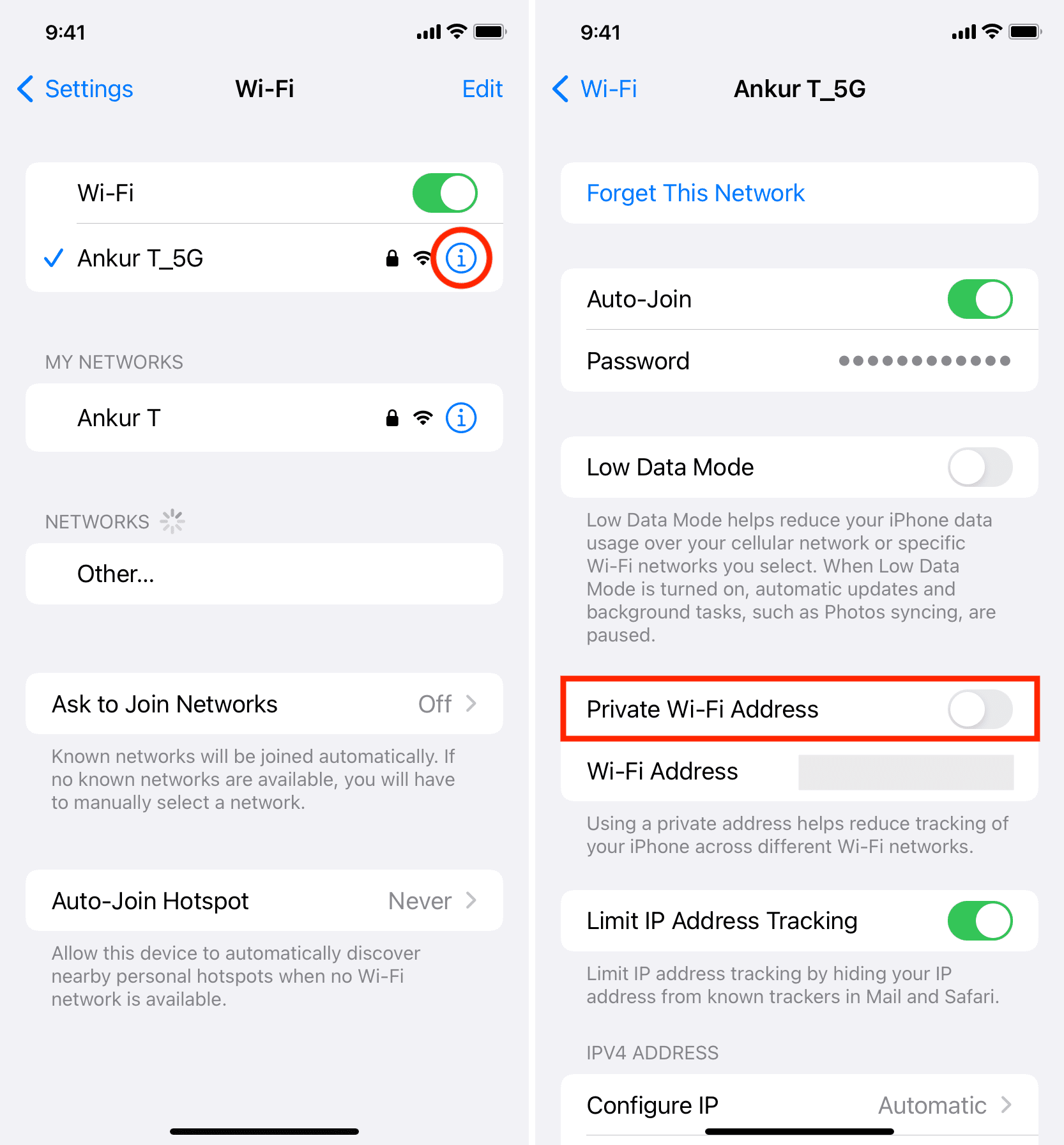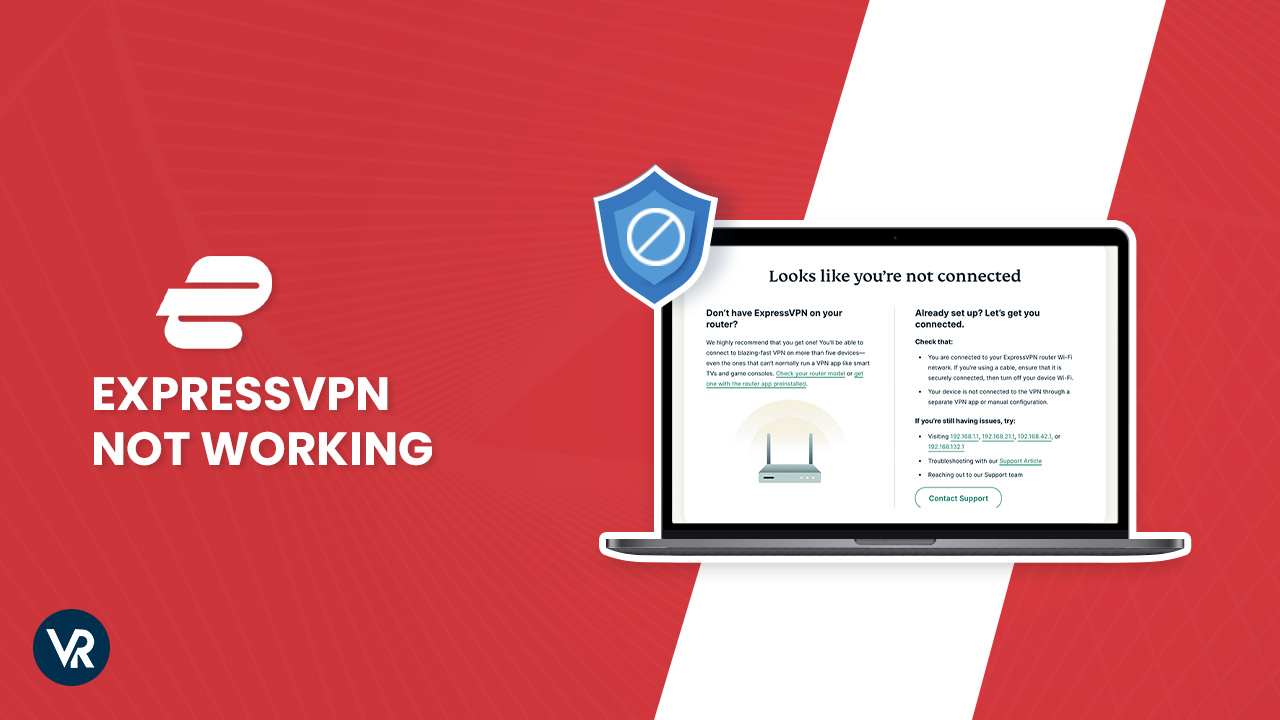Featured
Table of Contents
Remote Access (Vpn And Aovpn) Troubleshooting Guidance

The Routing and Remote Gain access to snap-in lives within the Microsoft Management Console, understood as the MMC. There are several ways to access the MMC. You can pick the console from the Start menu's Programs options, within the Administrative Tools folder within Windows server's Control Panel or by typing mmc at a command prompt.
As Tech, Republic's Brandon Vigliarolo shows within his video at the start of this article, the Providers console displays the status of the Routing and Remote Access entry. From within the Services console and with the Routing and Remote Access entry highlighted, you can click Start the Service or right-click the entry and choose Restart.
Sometimes the VPN customer and VPN server are set to utilizing different authentication methods. Verify whether an authentication error is the problem by opening the server console. Another technique of accessing the MMC is to type Control+R to open a command prompt in which you can type mmc and struck Enter or click OK.
If the entry isn't present, click File, select Add/Remove Snap-in, select the Routing and Remote Access alternative from the options and click Include, then OK. With the Routing and Remote Access snap-in added, right-click on the VPN server and click Characteristics. Then, evaluate the Security tab to verify the authentication technique.
Anyconnect Vpn Client Troubleshooting Guide
Make sure the VPN customer is set to the authentication technique defined within the Security tab. Typically the products just examined are responsible for most VPN connection rejection errors.
Each Web-based VPN connection normally uses two various IP addresses for the VPN client computer. This is the IP address that's utilized to develop the preliminary TCP/IP connection to the VPN server over the Web.

This IP address generally possesses the exact same subnet as the regional network and thus permits the customer to interact with the regional network. When you established the VPN server, you must set up a DHCP server to assign addresses to clients, or you can create a bank of IP addresses to assign to clients straight from the VPN server.


If this choice is chosen and the effective remote gain access to policy is set to allow remote gain access to, the user will have the ability to connect to the VPN. Although I have been unable to re-create the scenario personally, I have actually heard rumors that a bug exists in older Windows servers that can trigger the connection to be accepted even if the efficient remote access policy is set to reject a user's connection.
9 Most Common Network Issues And How To Solve Them

Another common VPN issue is that a connection is successfully developed however the remote user is not able to access the network beyond the VPN server. Without a doubt, the most typical cause of this issue is that authorization hasn't been granted for the user to access the whole network. To enable a user to access the whole network, go to the Routing and Remote Gain access to console and right-click on the VPN server that's having the issue.
At the top of the IP tab is an Enable IP Routing check box. If this check box is made it possible for, VPN users will be able to access the rest of the network, assuming network firewall softwares and security-as-a-service settings permit. If the checkbox is not chosen, these users will be able to access just the VPN server, but absolutely nothing beyond.
For example, if a user is calling straight into the VPN server, it's typically best to configure a static path between the client and the server. You can configure a fixed path by going to the Dial In tab of the user's properties sheet in Active Directory site Users and Computers and selecting the Apply A Fixed Path check box.
Click the Include Path button and then get in the location IP address and network mask in the space supplied. The metric need to be left at 1. If you're using a DHCP server to assign IP addresses to customers, there are a number of other issues that might trigger users not to be able to exceed the VPN server.
Troubleshooting Vpn Problems
If the DHCP server designates the user an IP address that is currently in use elsewhere on the network, Windows will spot the conflict and prevent the user from accessing the remainder of the network. Another typical issue is the user not getting an address at all. The majority of the time, if the DHCP server can't designate the user an IP address, the connection won't make it this far.
254.x. x variety. If the client is appointed an address in a variety that's not present within the system's routing tables, the user will be unable to browse the network beyond the VPN server. Other problems can contribute to this issue, too. Make sure the resources the user is trying to access are really on the network to which the user is linking.
A VPN connection to the other subnet might, in reality, be required. A firewall or security as a service option might also be to blame, so do not forget to evaluate those options' settings, if such components exist in between the VPN server and the resources the user looks for to reach.
The very first possibility is that one or more of the routers included is performing IP packet filtering. IP packet filtering could prevent IP tunnel traffic. I advise inspecting the client, the server and any machines in between for IP package filters. You can do this by clicking the Advanced button on each device's TCP/IP Characteristics sheet, picking the Options tab from the Advanced TCP/IP Settings Residence sheet, choosing TCP/IP Filtering and clicking the Characteristics button.
Latest Posts
The Best Vpn Of 2023 - Cnn Underscored
Best Vpn Companies: Protect Yourself Online
How To Troubleshoot Common Vpn Issues